Your solution would cause voltage drop. Current through a series resistor MUST drop voltage.
You must be using iCircuit incorrectly,
or wrongly reporting what you really did
or the program is faulty.
The first two choices are the most likely :-).
Placing a 15 ohm resistor ACROSS the supply output so it shunts 500 mA (I V/R = 7.5/15 = 0.5A) would work IF the supply really was a 7.5V, 2A supply.
BUT it almost certainly won't be.
Some supplies are voltage regulated and it may make a reasonably accurate 7.5V. BUT very very few supplies are designed to supply a certain current and no more. The spec "2.5A" usually means "will provide at least 2.5A at an output voltage that not too many buyers will complain about.
FWIW "why" almost certainly helps. Most people asking questions miss things sometimes (and that certainly includes me) and providing as much "why" as possible allows people to see unexpected things that may affect the answer.
Best solution is to crush the laptop or give it to someone who is damaging the world, or pit in a museum collection. That last suggestion may be a good one in due course if not immediately.
Next best is to obtain a supply that meets your spec.
Easiest and quickest (as opposed to best or cheapest etc) is to buy or uses a "lab supply" that you adjust current an voltage on as required. IF you can afford this it is a very good solution (as long as portability is not a must) as you then have an extremely useful supply for other uses.
Or make one - not very hard and not too too dear.
A good, easy and cheap (choose any 3) solution is in the Useful LM317 battery charging application note that @mindcrime referred to.
Their fig 2 does what you want albeit somewhat crudely.
The LM317 sets the output voltage and Q1 and R1 etc limit max current.
Be sure that your brand of LM317 will supply 1.5A. It varies.
Changinge the LM317 to an LM350gives more current.
Note that this circuit needs to be fleshed ou t - eg a filter cap where I show and one at the output and maybe one on the reference pin.
See LM317 datasheet.

Even easier is to use an LM317 in constant current mode, as in their fig 4, thusly

And THEN follow this with an LM317 based 7,7V supply. Note their comment on required Vin.
Total solution takes 2 x LM317 + resistors + capacitors and it does exactly what you have asked for.
Vin needs to be about 7.5V + 2.75 V + 1.25V + 2.75V =~ 15 VDC
This surprisingly high amount is because the LM317's have a dropout voltage of up to 2.7%V at .5A and the current source also drops 1.25 extra.
Hear sinking will be needed. eg L317: 2.5V x 1.5A = 4+ Watts.
A 12VAC transformer will give enough voltage .
A 10 VAC transformer MAY give enough voltage.
Or a 1.5A+ x 15V+ power supply can be used.
An attempted solution
User says:
I measured the voltage at the negative and positive terminals of the DC output of the AC adapter, without modification it read 2.02A/7.86V.
Then I wired a 5Ω resistor to the negative output and measured the new readings. Still 7.86V, but amps dropped to 1.42
It was real world. The resistor was put between the negative wire comimg out of the wall wart, and the sleeve part of the plug that goes into the laptop.
I understand the circuit to be:
- Adaptor +ve to Laptop + in
Laptop - out to resistor one side
Resistor other side to adaptor -ve.
I'll use WW (= Wall Wart) for "adaptor" below.
You say voltage is 7.86V BUT not if this is at PC or WW.
BUT as you say it did not drop it was probably at WW, but not necessarily.
As you have used a 5 ohm resistor and as you report 1.42 Amp then the drop in the resistor is given by Ohms law as
V = I x R = 1.42 x 5 = 7.1 Volt.
This makes no sense.
If the current from thw WW is flowing through the resistor to the laptop, then laptop voltage is 7.86-7.1 = 0.76V.
If the resistor is not in fact in series but in parallel with the WW then it is carrying about I = V/R = 7.86 / 5 = 1.57A.
So if the 1.42A reported is not the current through this resistor it should be the current through the laptop so total adaptor current = 1.57+1.42 = 3A.
The only other choice is that the re[ported voltage is measured at the laptop, in which case the voltage at the adaptor must be 7.86 + resistor drop = 7.86 + 7.1 = 15 V.
ie the result appears wholly wrong. A 0.5 ohm resistor may explain things. Or not.
So alas, yes please. Either please provide a clear diagram or a clear well focused photo. Also please show or describe what voltages are where.
This may all seem like making much out of little *(and it is) BUT what you have described so far WILL NOT meet your stated need. It may in some way meet and actual need, but that means there are things we have not been told.

